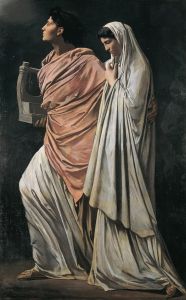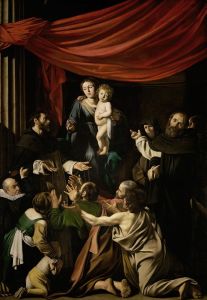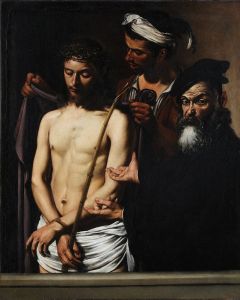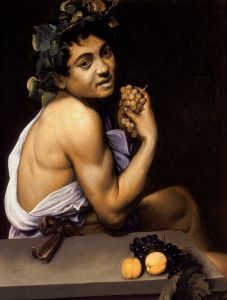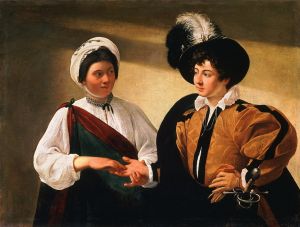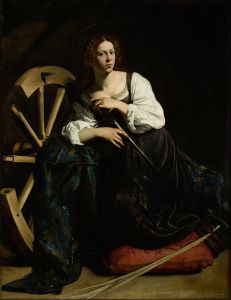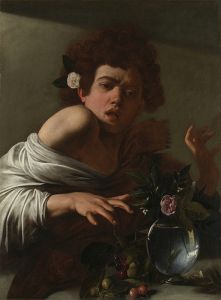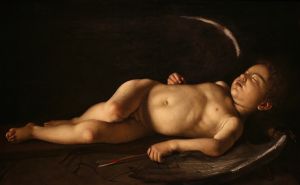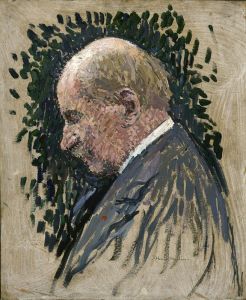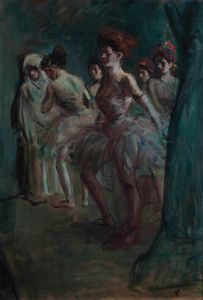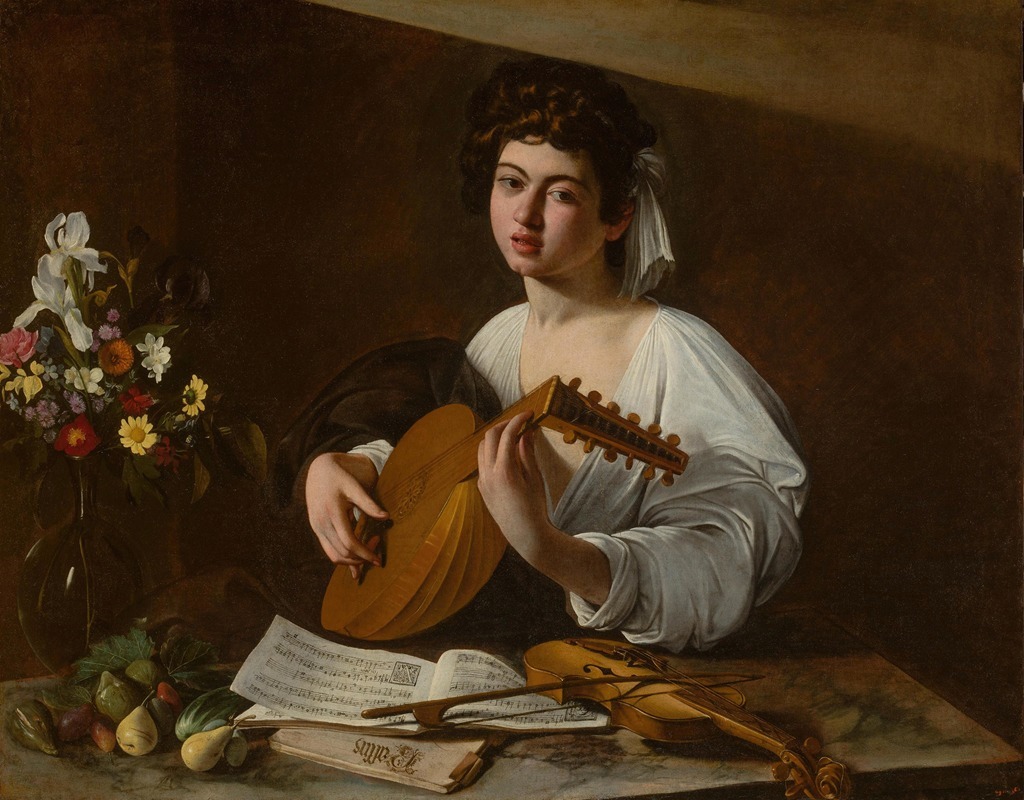
The Lute Player
A hand-painted replica of Caravaggio’s masterpiece The Lute Player, meticulously crafted by professional artists to capture the true essence of the original. Each piece is created with museum-quality canvas and rare mineral pigments, carefully painted by experienced artists with delicate brushstrokes and rich, layered colors to perfectly recreate the texture of the original artwork. Unlike machine-printed reproductions, this hand-painted version brings the painting to life, infused with the artist’s emotions and skill in every stroke. Whether for personal collection or home decoration, it instantly elevates the artistic atmosphere of any space.
The Lute Player is a painting by the Italian Baroque master Caravaggio, created in the late 16th century. The artwork exists in multiple versions, with the most widely accepted original being housed in the Hermitage Museum in Saint Petersburg, Russia. Another version is located in the Wildenstein Collection, and a third is in the Badminton House in England. Scholars have debated the attribution and authenticity of these versions, but the Hermitage painting is generally considered the most authentic.
The painting depicts a young musician playing a lute, surrounded by musical instruments and sheet music. The figure is dressed in fine, contemporary clothing, and the composition is rich in detail, showcasing Caravaggio's mastery of realism and his ability to capture textures, light, and shadow. The musician's expression is serene, and the overall atmosphere of the painting is intimate and contemplative.
Caravaggio's use of chiaroscuro, the dramatic contrast between light and dark, is evident in this work, though it is less pronounced than in his later, more mature paintings. The soft lighting enhances the naturalism of the figure and the objects, creating a sense of immediacy and presence. The inclusion of musical instruments and sheet music reflects the cultural importance of music in the late Renaissance and early Baroque periods.
The painting is believed to have been commissioned by Cardinal Francesco Maria del Monte, an important patron of Caravaggio during his early career in Rome. Del Monte was a connoisseur of the arts and a supporter of young artists, and his patronage played a significant role in Caravaggio's development as a painter. The Lute Player may have been intended for a private setting, as its intimate scale and subject matter suggest.
The sheet music depicted in the painting has been identified as madrigals by Jacques Arcadelt, a Franco-Flemish composer whose works were popular in the 16th century. This detail underscores Caravaggio's attention to accuracy and his engagement with contemporary culture.
The identity of the model for the painting is not definitively known, but it has been suggested that the figure may be one of Caravaggio's close associates or studio assistants. The androgynous appearance of the musician has also been noted, a characteristic seen in several of Caravaggio's works.
The Lute Player exemplifies Caravaggio's early style, marked by a focus on naturalism and a departure from the idealized forms of the High Renaissance. It remains an important example of his innovative approach to painting and his ability to capture the subtleties of human expression and emotion.





